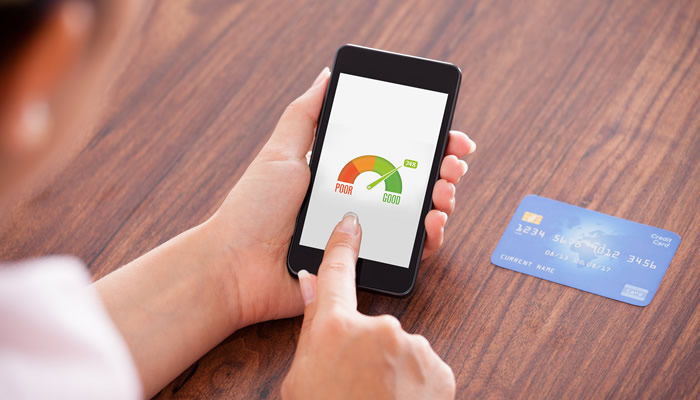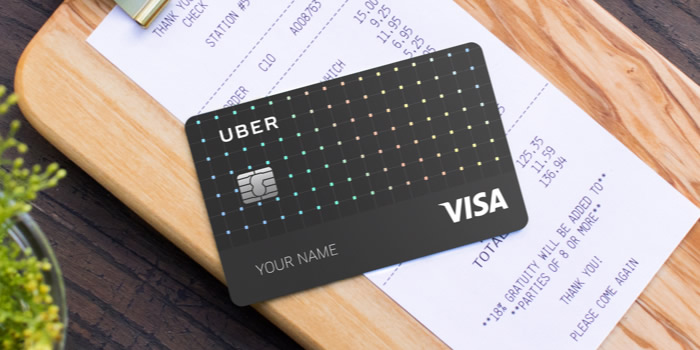
Are you carrying a balance on your credit card? You’re not alone. In fact, carrying a balance on your credit card these days is as Canadian as Tim Hortons or Saturday night hockey. Two of the main drivers behind the rise in credit card debt are a push towards a cashless society and the low interest rate environment.
If you’re anything like us, you aim to pay off your credit card in full each month, but sometimes something comes up – your car needs repairs, your home has a leaky roof or you lose your job. In these instances, you may need to carry a balance on your credit card (provided your emergency fund isn’t enough to cover these expenses).
So, you have a balance on your credit card. If you’re anything like me, you want to pay it down as quickly as possible.
Debt Avalanche Method
If you’re looking to save the most money on interest, the debt avalanche is the best way to do it. With the debt avalanche method, you start by paying the minimum on all your credit cards. Any money left over, you put towards the credit card with the highest interest rate. Sounds simple enough, right? Not for everyone.
A U.S. National Bureau of Economics Research study found that we as consumers don’t always make the best choices when it comes to paying off our credit cards because we tend to ignore interest rates. The study found that on average two-card households paid an extra $115 annually in credit card interest, simply due to the fact of how we divided our payments.
That may seem small, but it adds up. And those in the most debt with over five credit cards, paid $1,300 annually in credit card interest. This all could have been avoided by using the debt avalanche method.
Debt Snowball Method
If you try the debt avalanche method out and you find it’s not working for you, you might want to consider using the debt snowball method. Similar to the debt avalanche method, start by paying the minimum payment on all your credit cards to keep your credit score in good standing. After that, put any extra money towards the credit card with the smallest credit card balance.
As you pay off your credit cards one by one, it’s like rolling a giant snowball down the hill. Each credit card paid off is seen as a psychological win.
The Bottom Line
At the end of the day, the debt avalanche method helps you save the most money, but if you’re someone who isn’t ultra-disciplined, it might not work for you. If you’re unsure what method to use, start with the debt avalanche method, since it helps you save the most interest. If it doesn’t work, then try switching to the debt snowball method. Either way, start with a credit card calculator to find out how much you can save by paying down debt.
The bottom line is as long as you get your credit card debt paid off at the end of the day, the extra interest you’ll pay with the debt snowball method is negligible compared to the cost of constantly carrying a large balance on your credit card.




